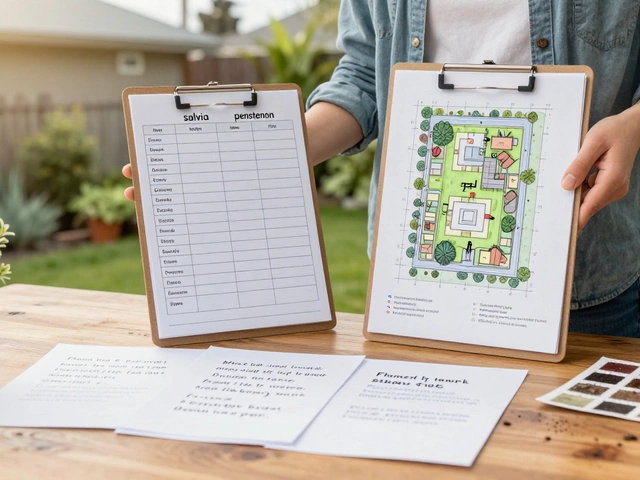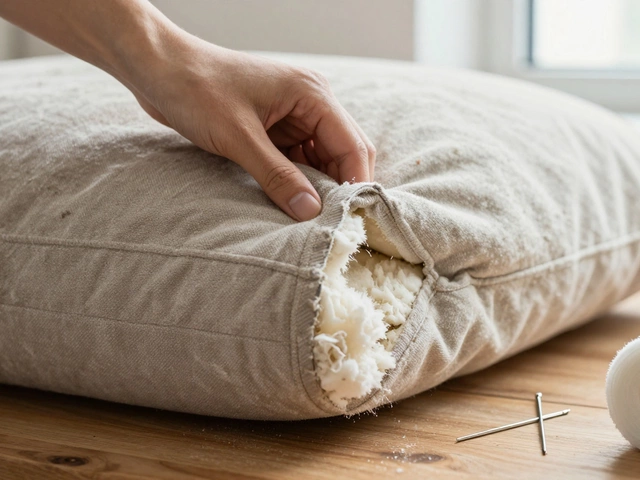Plastic Wrap: Everyday Kitchen Hero and Its Alternatives
When working with Plastic wrap, a thin, transparent film used to seal food containers and keep items fresh. Also known as cling film, it is a staple in most kitchens. The concept of Food preservation, methods that extend the shelf‑life of perishable items relies heavily on a good seal, and plastic wrap delivers that instantly. Similarly, Kitchen storage, organizing pantry, fridge, and cupboard spaces efficiently often starts with a roll of cling film to protect leftovers and prevent spills.
Plastic wrap enables food preservation by creating a barrier against air, moisture, and contaminants. The film’s cling properties mean it sticks to itself and to containers, locking in freshness and slowing bacterial growth. Because it’s flexible, you can wrap irregularly shaped items, from half‑cut fruits to layered sandwiches, without needing a dedicated container. The result is less waste, lower grocery bills, and meals that taste better longer. This simple tool also supports kitchen storage routines – a quick wrap can keep a half‑eaten cake from drying out, saving space and reducing the need for extra containers.
Beyond preserving food, plastic wrap plays a role in organizing your whole kitchen. Use it to line freezer trays, seal bulk‑bought items, or protect cookware during moves. It’s especially handy for short‑term storage when you need a quick solution before assigning a permanent spot. By combining wrap with airtight bins, you create a two‑layer defense that keeps pantry staples like nuts and spices from absorbing odors. This layered approach is a core tip in many home storage guides and helps maintain a tidy, functional kitchen.
However, the convenience of plastic wrap comes with an environmental cost. Production and disposal generate plastic waste that can linger for centuries. That’s why many households are turning to eco‑friendly alternatives. Beeswax wraps, reusable cloth squares coated with natural beeswax, jojoba oil, and tree resin provide a biodegradable option that sticks to bowls and bags when warmed. Silicone lids and reusable silicone bags are another substitute, offering durability and heat resistance. These alternatives influence consumer choices, prompting manufacturers to develop more sustainable cling films made from plant‑based polymers.
Here are a few practical tips to get the most out of your plastic wrap while staying mindful of waste. First, cut only the length you need – use scissors or a built‑in cutting edge to avoid excess. Second, press the film tightly against the food, smoothing out air pockets for a better seal. Third, consider re‑using the same piece for multiple items if it’s still clean; a single sheet can wrap several snack portions before it’s discarded. Finally, store the roll in a cool, dry place to keep it pliable and prevent it from becoming sticky or brittle.
When evaluating alternatives, weigh factors like cost, durability, and sustainability. Beeswax wraps typically cost more upfront but can replace dozens of rolls of plastic wrap over a year. Silicone products are pricier still but last for many years and handle high‑heat applications, making them ideal for freezer‑to‑oven transitions. If you’re budget‑conscious, a hybrid approach works well – reserve plastic wrap for quick, one‑off tasks and rely on reusable options for regular storage. This strategy balances convenience, savings, and environmental responsibility.
Below you’ll find a curated collection of articles that dive deeper into each of these areas. From DIY storage hacks and step‑by‑step guides on extending food freshness, to detailed comparisons of eco‑friendly wraps, the posts provide actionable insights you can apply today. Whether you’re looking to cut food waste, organize your pantry, or choose the right sustainable alternative, the resources here have you covered.
Does Plastic Wrap Damage Furniture? What You Really Need to Know
Worried about wrapping your furniture in plastic? This article breaks down what actually happens when you use plastic wrap on different types of furniture. Learn the real risks, when it’s safe, and smart tips to avoid messes or damage. Whether you’re moving, storing, or just covering up for a remodel, here’s what you need to know. It’s all about keeping your stuff in top shape, without nasty surprises.
full article




